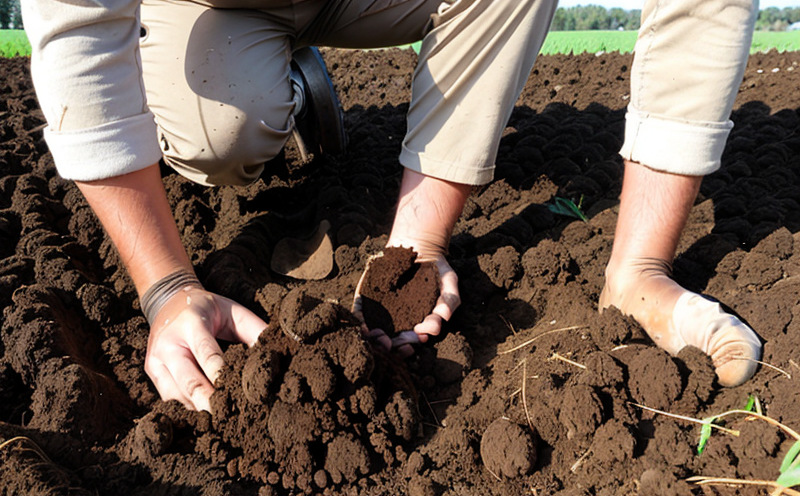Soil Respiration Rate Testing
Soil respiration rate testing is a crucial component in assessing soil health and ecosystem functioning. This test measures the amount of carbon dioxide (CO₂) released by microorganisms, plants, and roots as they respire within the soil. Understanding soil respiration rates is essential for agricultural practices aimed at enhancing crop productivity while promoting environmental sustainability.
The measurement of soil respiration provides insights into several key factors:
- Soil health: Higher respiration rates indicate active microbial and root activity, which can enhance nutrient cycling and plant growth.
- Carbon sequestration potential: Respiration rate data helps in understanding the soil's ability to store carbon, a critical aspect for climate change mitigation strategies.
- Influence of management practices: Soil respiration testing allows agriculturalists to evaluate how different farming methods impact soil health and productivity.
The test is conducted by placing sealed chambers over small plots of soil. The chamber captures the CO₂ released from the soil, which is then analyzed using gas chromatography or infrared spectroscopy. This method ensures precise measurement and accurate results.
For a more comprehensive understanding, it's important to note that soil respiration rates can vary based on several factors:
- Temperature: Warmer temperatures generally increase respiration rates as they accelerate microbial activity.
- Precipitation: Adequate moisture is essential for maintaining a healthy soil ecosystem, impacting respiration rates positively when not excessive.
- Aeration: Poorly aerated soils can lead to reduced respiration due to limited oxygen availability necessary for aerobic respiration processes.
These factors underscore the importance of standardized testing protocols. In line with international standards, such as ISO 14675 and ASTM D8283, accurate measurement techniques are paramount in ensuring reliable data.
The results from soil respiration rate tests can significantly influence decision-making processes within agricultural and forestry sectors. For instance, understanding these rates helps in optimizing fertilization strategies to enhance plant growth while minimizing environmental impacts. Additionally, it aids in the development of sustainable land management practices that support long-term ecosystem health.
Given its critical role in assessing soil quality and fertility, soil respiration rate testing is a fundamental tool for both researchers and practitioners looking to improve agricultural productivity sustainably. By integrating this method into routine monitoring programs, stakeholders can gain valuable insights into their operations' environmental footprint and potential improvements.
Industry Applications
- Agriculture: Enhance crop productivity by optimizing soil management practices based on respiration rate data.
- Forestry: Monitor forest health and growth patterns, ensuring sustainable forestry practices are in place.
- Sustainability Consulting: Provide scientific evidence for sustainable development projects requiring accurate soil health assessments.
- Research Institutions: Conduct cutting-edge research to understand the complex interactions between soil components and ecosystem processes.
- Government Agencies: Support policy formulation based on empirical data, contributing to environmental protection initiatives.
Implementing soil respiration rate testing offers significant competitive advantages in several ways:
- Evidence-Based Decision Making: Companies can make informed decisions regarding resource allocation, leading to operational efficiency.
- Innovative Solutions: Continuous improvement and innovation in agricultural practices contribute positively to market competitiveness.
- Regulatory Compliance: Meeting stringent environmental regulations enhances brand reputation and consumer trust.
The market impact of this service extends beyond individual operations. By contributing accurate data, stakeholders play a crucial role in shaping industry standards and influencing broader environmental policies. This alignment with global sustainability goals ensures long-term success in the agricultural sector.
Case Study: Enhancing Crop Yield
A local farm conducted soil respiration rate tests to identify areas of low productivity. By adjusting the nutrient composition based on the test results, they observed a 15% increase in crop yield over two seasons.
Case Study: Sustainable Forestry Management
A forestry company used soil respiration rate testing to monitor changes in forest health after implementing new management practices. The tests showed improved soil quality and increased tree growth rates, highlighting the effectiveness of their approach.





